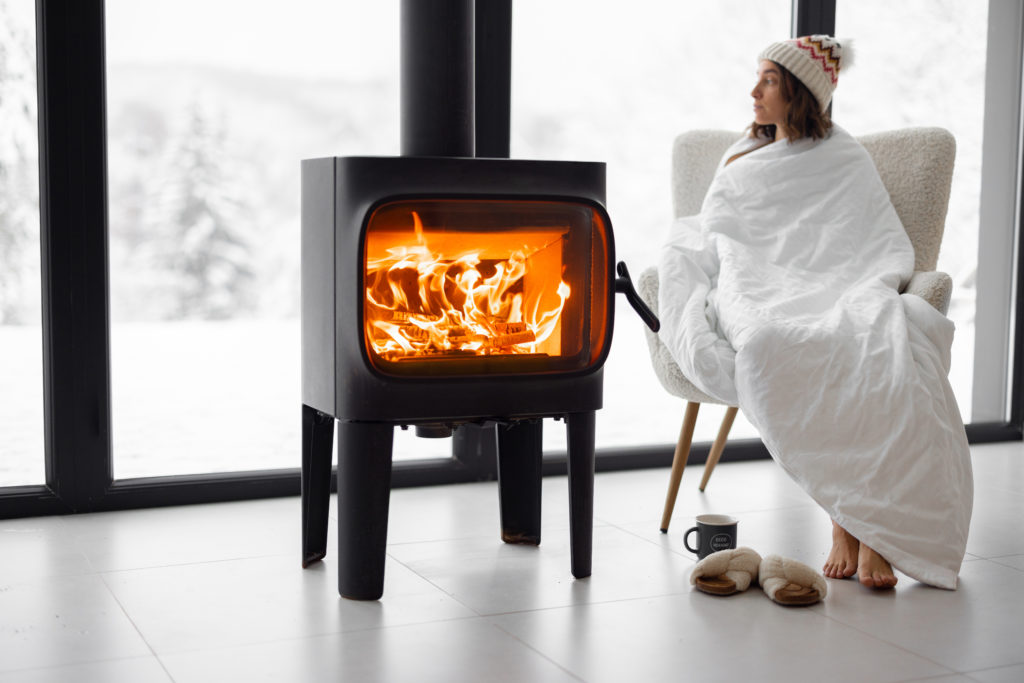As the weather outside gets colder and colder, it’s important to make sure your home is prepared for the winter months. There are a lot of things to think about when winterizing your home, but we’ve compiled a comprehensive checklist to help you make sure you don’t forget anything. Keep reading for a thorough winterizing checklist for your home.
Ensure Your Roof is Intact
The winter season is right around the corner, and it’s important to take the necessary precautions to ensure your home is ready. One of the most important aspects of winter preparation is your roof. Here are a few tips to help ensure your roof is in good condition and ready for the cold weather:
- Inspect your roof for any damage. One of the most important things you can do to prepare your roof for winter is to inspect it for any damage. If you find any damage, such as missing or damaged shingles, be sure to repair it as soon as possible. Leaving damaged roofing unattended can lead to further damage and even a roofing collapse.
- Add insulation. Adding insulation to your roof can help keep your home warm and protect your roof from the cold weather. If you don’t have any insulation on your roof, consider adding some.
- Make sure your roof is properly ventilated. Your roof needs proper ventilation in order to function properly and keep your home warm. If your roof is not properly ventilated, consider having a professional install some vents.
Pro tip: If you want to ensure the inspection and maintenance are done right, be sure to hire an Arlington roofer or one in your city.
Ensure Your Heating System is Working
One important preparation task that is often overlooked when you decide to winterize your home is checking the functionality of the home’s heating system. If you haven’t already, now is the time to ensure that your home’s heating system is working properly. Checking the system now will help to ensure that there are no problems with it that need to be fixed before the cold arrives. Additionally, if there are any problems with the system, they can be fixed before they become bigger issues.
Inspect the Windows and Doors for Drafts
Windows and doors are common entry points for drafts, which can lead to a number of problems in your home during the winter, including higher energy bills, moisture damage, and even health problems. You can inspect your windows and doors for drafts using a simple checklist: First, check the windowsills and door thresholds for any gaps or cracks that could let in air leaks. If you find any, seal them with caulk or weatherstripping. Second, look at the windowpanes and door panels to see if they’re cracked or drafty. If they are, you may need to replace them. Third, inspect the seals around the windows and doors to make sure they’re tight. If they’re not, use a caulking gun to seal them up. Make sure all of the windows and doors are properly locked and sealed shut.
Stock Up on Winter Supplies
Finally, be sure to stock up on winter supplies such as blankets, hats, gloves, and coats. It’s also a good idea to have a few cans of food and a jug of water stored in case of a power outage. By taking these precautions, you can help to ensure that you stay warm and comfortable during the winter months.
A checklist for winterizing your home is important to ensure that your home is protected from the cold weather. The checklist should include tasks such as checking your insulation, weatherstripping, and windows, as well as preparing your heating system. By taking these steps, you can help to keep your home warm and comfortable all winter long.

